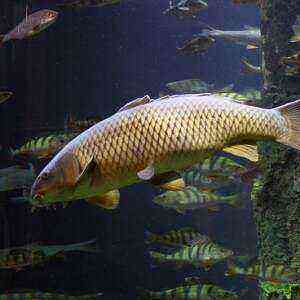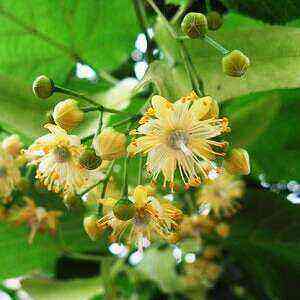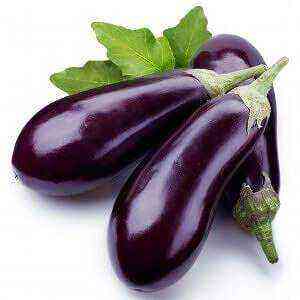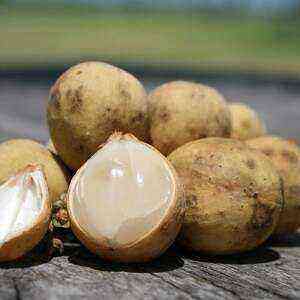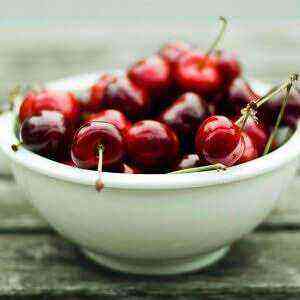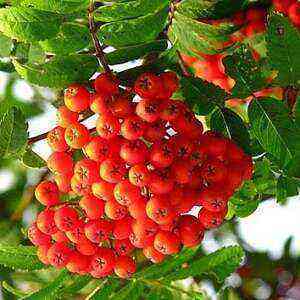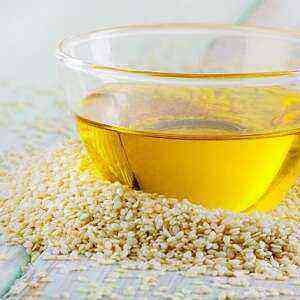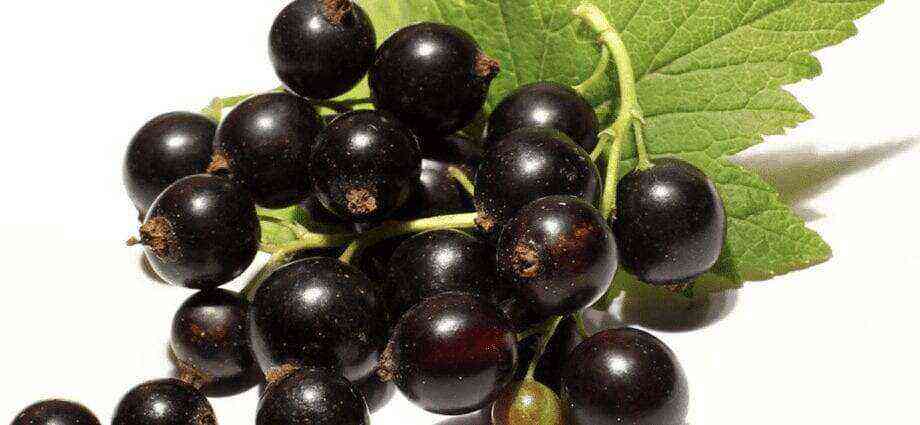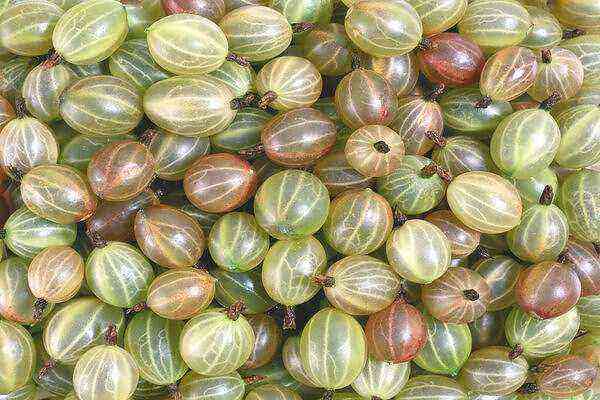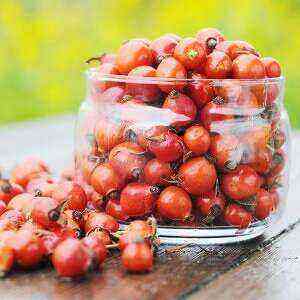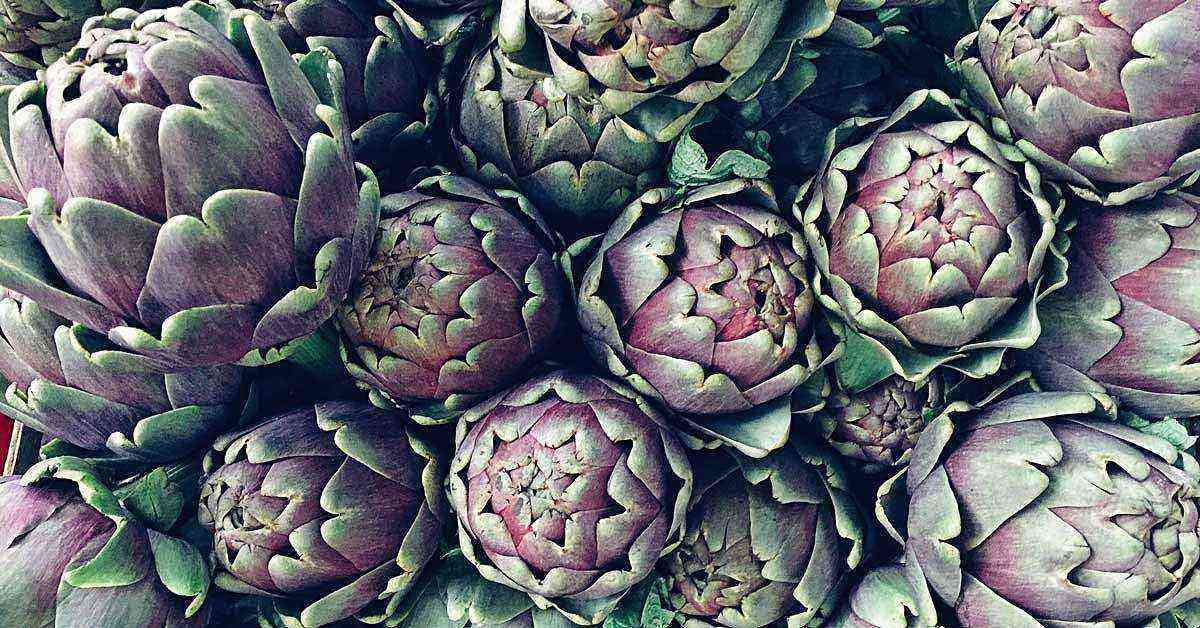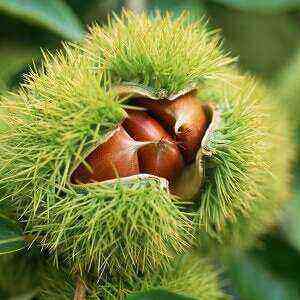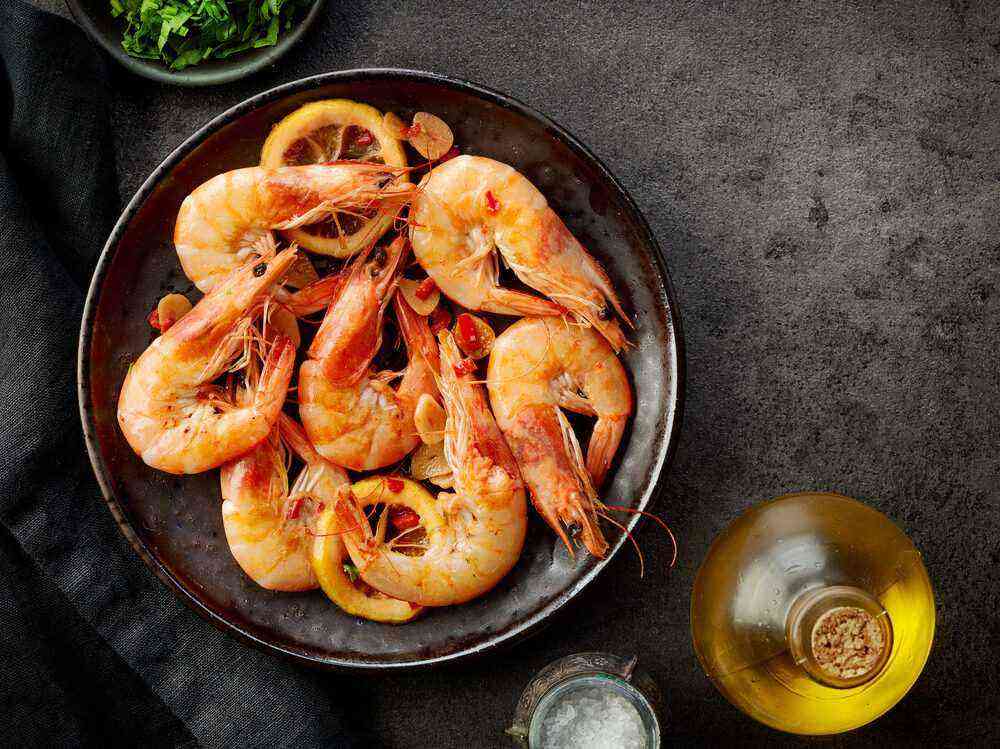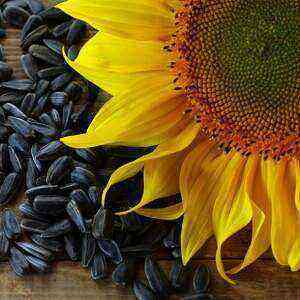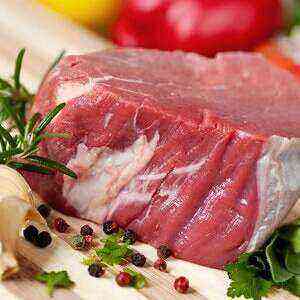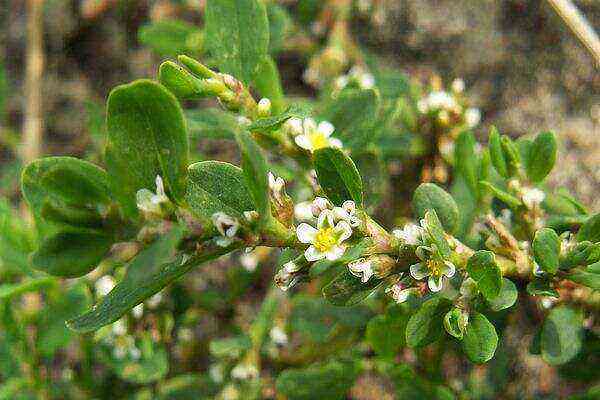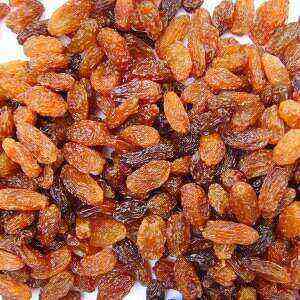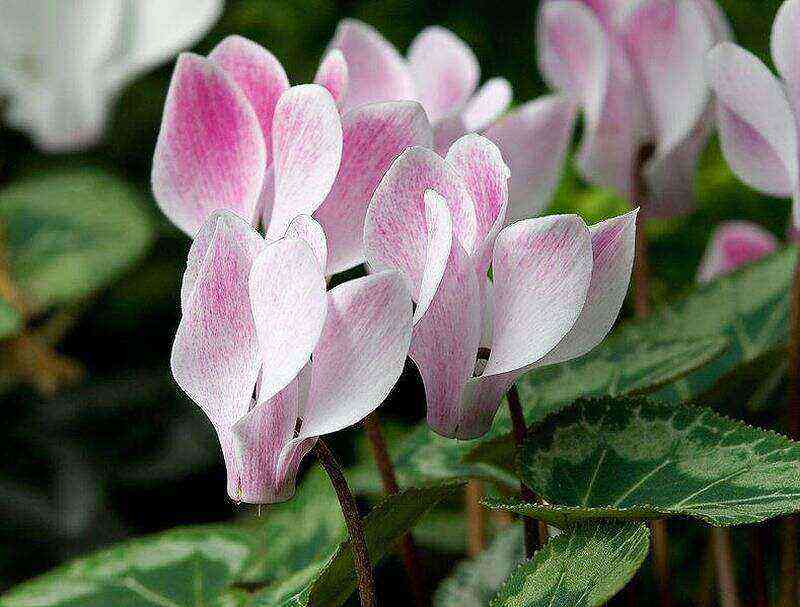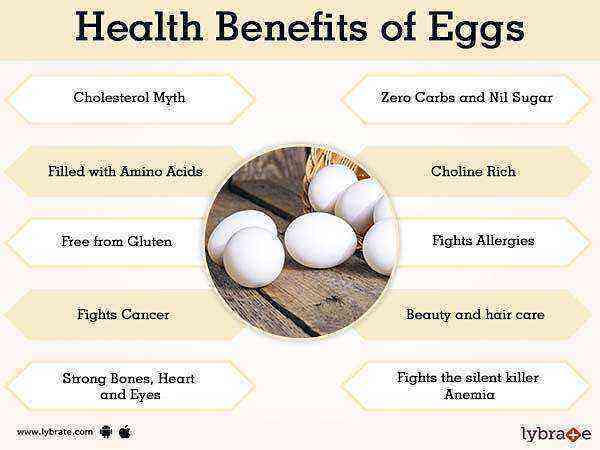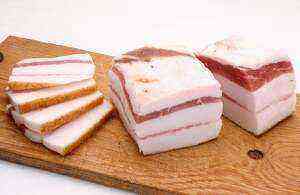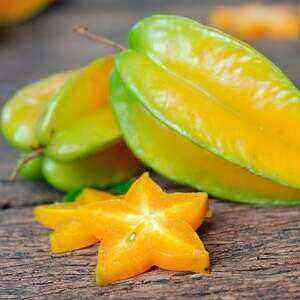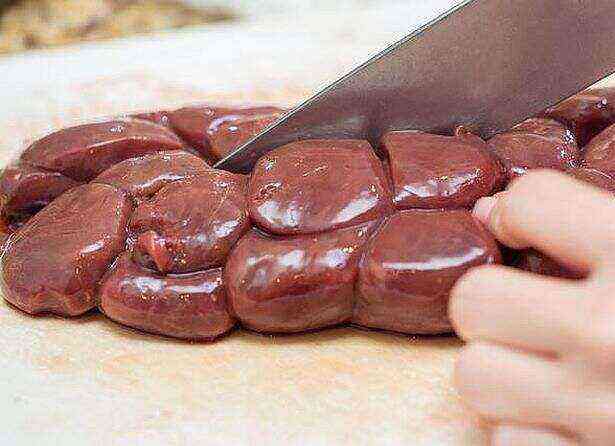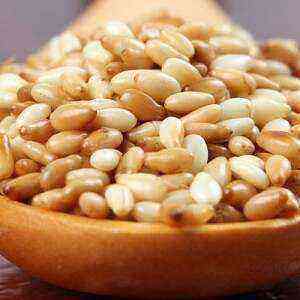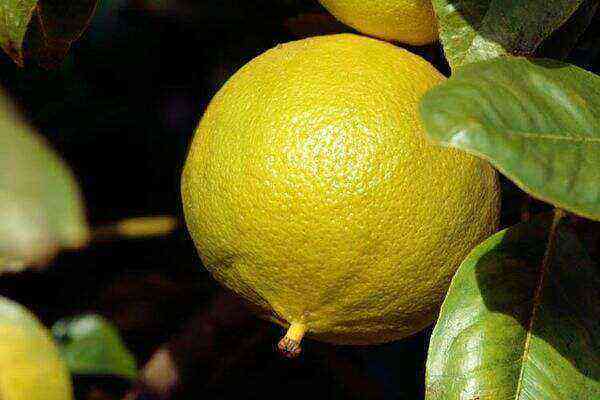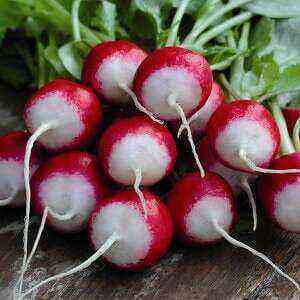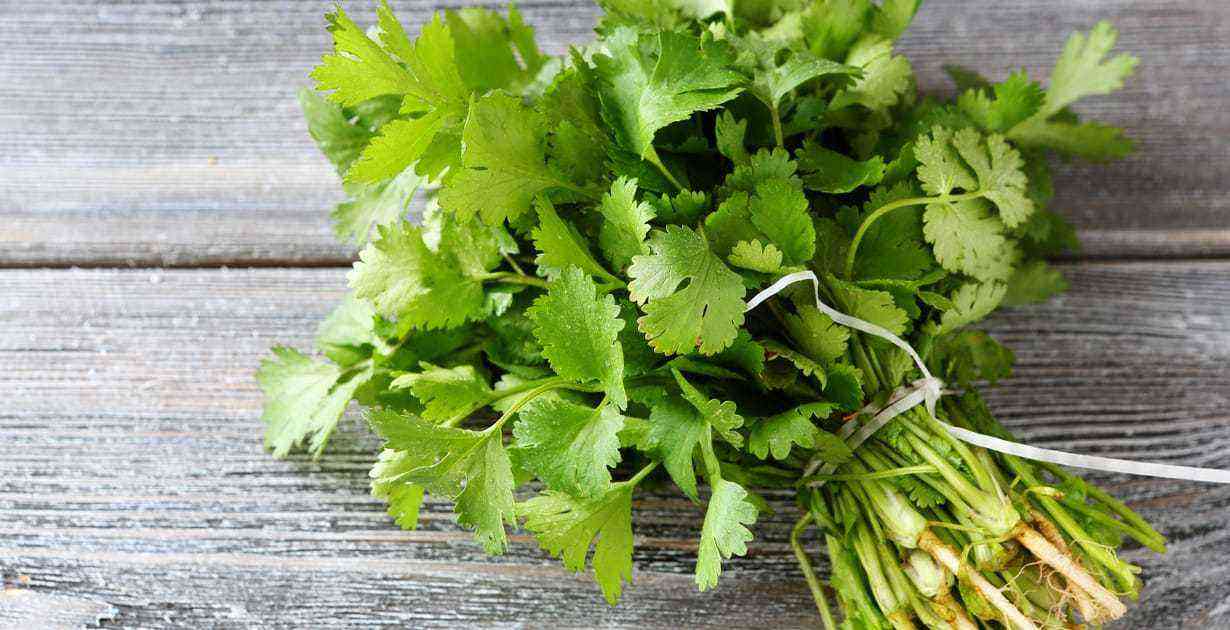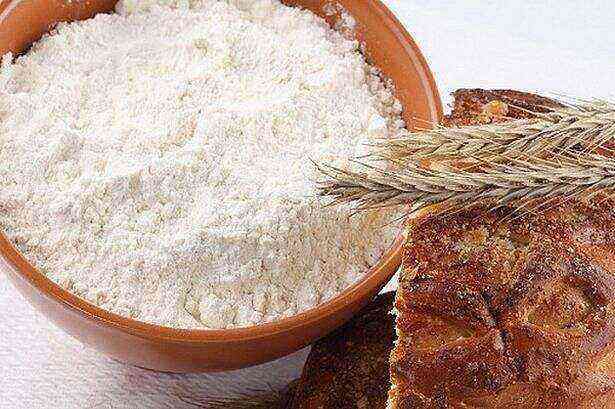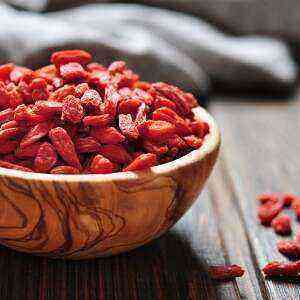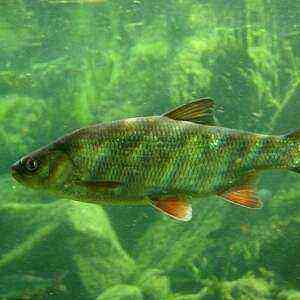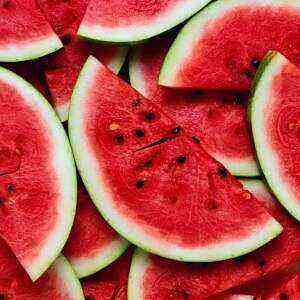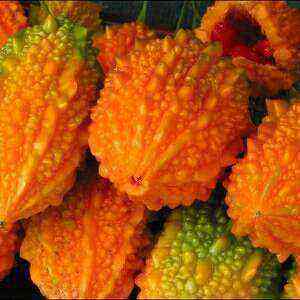
The native land of the plant is the tropics of Asia. Many amateur gardeners grow the crop as an ornamental plant in greenhouses, balconies or window sills.
Botanical description
Momordica is an annual or perennial vine with long stems reaching up to 4 m in length. The leaves are large, carved, have a light green color. Flowering coincides with active shoot formation. The flowers are bright yellow, dioecious, with long legs, emitting a jasmine aroma.
The ovaries develop immediately after pollination. Fruits are elongated-oval in shape with a pointed tip, covered with wrinkled skin on the outside (nipple-like protrusions).
The seeds of Indian cucumber are protected by a thin, durable shell, resemble in size watermelon kernels, red-brown in color. Inside the momordica, a juicy pericarp of a dark ruby hue is concentrated. It tastes like pumpkin and ripe persimmon. The papillary surface of the berry is bitter. When ripe, the fruit cracks in the lower part, followed by twisting into three fleshy petals, from which 15-30 pieces of seeds fall out.
Chemical composition
Momordica is a medicinal plant, shoots, fruits, stems and leaves of which contain a complex of nutrients .:
The composition of the red shell of the seed contains essential oil, which contains healing carotene (32%) farmer-online.com… In the human body, the orange plant pigment is converted into vitamin A, which improves visual acuity. Bitter gourd seeds are rich in lycopene, which has antioxidant properties, prevents the appearance of diseases of the heart and blood vessels.
Useful Properties
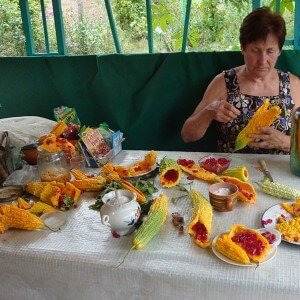
- strengthens the immune system;
- e improves eyesight and condition of nails, hair, skin, teeth;
- inhibits the development of cancer cells;
- has anti-inflammatory effect;
- cleans blood vessels and reduces the risk of developing cardiac diseases;
- stimulates the production of insulin;
- removes toxins and speeds up metabolism;
- lowers cholesterol levels.
Indications and contraindications
Due to its rich chemical composition, Momordica has a healing effect on the human body and is used to treat .:
- diabetes mellitus;
- asthma;
- lupus erythematosus;
- parasites (worms);
- infectious gastrointestinal diseases;
- rheumatism;
- hemorrhoids;
- psoriasis;
- acute and chronic hepatitis;
- hypertension;
- joint and headaches;
- leukemia;
- sarcomas;
- melanomas.
The plant is prohibited to use in the following cases ..:
- idiosyncrasy;
- pregnancy (momordica has an abortive effect);
- lactation period;
- the presence of diseases of the adrenal glands, stomach, thyroid gland.
Cooking application
The pulp of Momordica is used for food in an unripe form, so it is not bitter and tastes like a cucumber.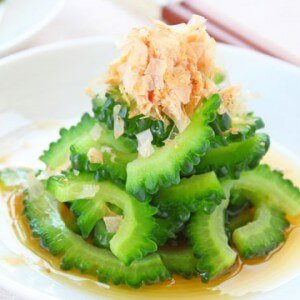
Indian cucumber is a widely used food product in Asian cuisines. He is especially loved in Okinawa (on the territory of the island of the Japanese Ryukyu archipelago). The pulp and seeds of liana fruits are fried, boiled, added to stews, soups, salads. Momordica goes well with unsweetened yogurt, coconut, meat, potatoes, cucumbers. Bitter gourd has gained popularity in Amazonian tribal cuisines, where it is used as a spice to add a sour taste and savory aroma. To soften the bitterness, the berry is pre-boiled in salted water. Large fruits are pickled, stewed with vegetables, meat.
Interestingly, momordica is an ingredient in curry. It is combined with herbs and added to meat and fish dishes. Jam is made from the pulp of the fruit, and homemade alcoholic drinks (liqueurs, liqueurs, wine) are prepared. The seeds contained inside the fruits are of particular value for culinary specialists. Due to their nutty-tropical taste, the seeds serve as a natural additive to confectionery – buns, cookies, cakes.
Application in medicine
From all parts of Momordica, tinctures and preparations are made for the treatment of burns, acne, eczema, psoriasis, and furunculosis. The extract from the plant is used in cosmetology to increase skin turgor, smooth wrinkles. Chinese bitter gourd removes excess fat from the body, therefore, this property determines the use of the product in diet food for weight loss.
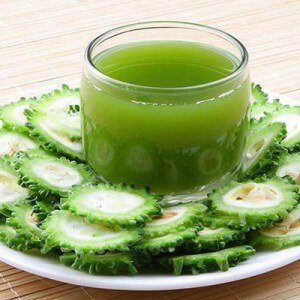
- Seeds They contain fatty oils and carotene, which lower cholesterol, increase hemoglobin and strengthen immunity. In addition, they are used to treat liver diseases, ulcers and gastritis.
- Leaves. Broths help to overcome cough, painful sensations of various etiologies, colds. Infusions of Momordica leaves are used to lower blood pressure, normalize insulin production and blood sugar levels, and therefore, it is useful to take them for patients with diabetes mellitus, hypertensive patients.
- Fruit. Promote the restoration of vision, clear blood vessels from cholesterol plaques, reduce the likelihood of developing heart disease, inhibit the aggressive effects of cancer cells.
In traditional medicine, preparations are made from Indian cucumber in the form of a solution for intramuscular administration for the treatment of pancreatitis (acute or chronic) .… Their action is aimed at stabilizing the function of the pancreas. In order to improve the patient’s condition, the course of taking the drug lasts 3-5 weeks. The dosage and frequency of use is determined by the doctor based on the clinical history.
Traditional recipes .:
- Fruit tincture. It is used to treat psoriasis, rheumatism, colds and general immunity. Method of preparation: finely chop the fruits, place in a glass container, pour 500 ml of vodka, leave for 14 days. Take on an empty stomach on a teaspoon 30 minutes before meals three times a day. The course of treatment is three days.
- Decoction from seeds. It is used as a diuretic for fever, for the treatment of hemorrhoids. Cooking principle: pour 20 momordica seeds with 200 ml of boiling water, cook for 10 minutes. Infuse the broth for an hour, then strain. Take 50 ml 3-4 times a day for a week.
- To strengthen immunity, it is recommended to twist the momordiki fruit with the seeds in a meat grinder, add a handful of walnuts and 200 ml of honey. Insist the resulting mass for 12 hours, consume 5 g before breakfast, lunch, dinner. Due to the bitter taste, the product can be washed down with water.
Cultivation and care
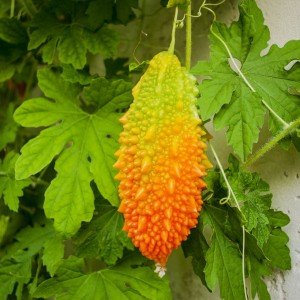
Indian cucumber is propagated using seeds, rarely by cuttings.
The plant is planted in open ground. Due to the dense shell, its seeds are pre-soaked in a saturated solution of potassium permanganate (1 day), then in warm water. After processing, they are rinsed, placed in a damp cloth, which is wrapped in plastic wrap, and placed in a warm place where the temperature is maintained at 30-40 degrees above zero. After pecking, each seed is placed on the edge in a half-liter glass in the nutrient soil 1,5 cm deep, then covered with glass or a bag. Seedlings are planted in fertile soil, watered with warm water. It is important to protect the plant from sudden changes in temperature and drafts. Further care is carried out as for cucumbers. It is recommended to apply top dressing (organic and mineral) regularly twice a month ..
Planting seeds is best done in late March and early April. At temperatures above +20 degrees, seedlings appear on the 10-15th day. In the warm season, the plant requires regular watering.
Momordica is a light-loving vine that does not tolerate shading well. Lack of sunlight leads to a decrease in the number of fruits.
For propagation by cuttings, cut shoots of the plant are preliminarily kept in a sand-peat mixture or water for their rooting. In this case, the ambient temperature must correspond to 25 degrees of heat and above. After rooting, the finished cuttings can be planted in open ground. In order for the plant to take root, you should create the most comfortable conditions for its growth. For this purpose, the planted cuttings are covered with a glass jar for 2-4 days to create a “greenhouse effect”.
Momordica fruits are harvested 8-10 days after emergence, otherwise they will then acquire an unpleasant bitter taste. In addition, if a lot of fruits ripen on a liana at the same time, the plant weakens. To prevent this, collect them on time.
Conclusion
Momordica is a natural medicine that cleans the body of a variety of foreign pathogens. All parts of the plant are used in folk medicine as an analgesic, anti-inflammatory and antiseptic.
Chinese bitter gourd relieves the condition of patients with heart attack, ulcers, diabetes mellitus, arthritis, stroke. Broths and tinctures based on Momordica help with urolithiasis, prostatitis and sclerosis. In addition, they improve vision and stimulate the brain, as well as the body’s barrier functions.
Fruits, leaves, rhizomes, stems and seeds of the plant are contraindicated for use by pregnant women, as they can provoke a miscarriage.
Fresh young shoots of Indian cucumber are used in cooking. They are used for making medicinal soups, delicious borscht. They are added to salads and meat dishes. Momordica contains vitamin E, which protects the human body from age-related changes, and folic acid protects against tumors, nourishes the bone marrow. Vitamin F (polyunsaturated fatty acids) normalizes fat metabolism, improves reproductive function, prevents atherosclerosis, allergic reactions, rheumatoid diseases and osteochondrosis.
Sources of
